When most people think of Alcatraz, they immediately think of a foreboding island which was home to an infamous prison where some of America’s most notorious criminals were detained. Alcatraz Island is much more than the site of a former federal prison. The island is also home to a garden of rare roses, a bird sanctuary, and the historical footprint of an important Native American protest which ultimately shaped the fate of many indigenous people in the United States.
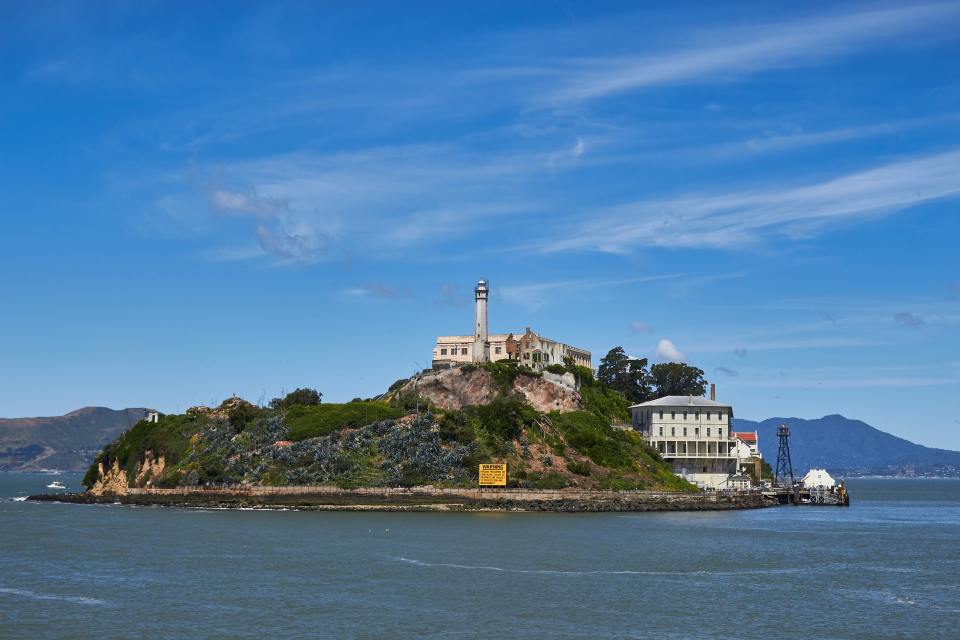
Photo by Klemens Köpfle/unsplash.com
In the mid-1800s, Alcatraz served as a Civil War fortress where Confederate sympathizers were detained. By the 1930s, Alcatraz was converted into a federal prison designed to handle some of America’s most unruly prisoners. Gangster Al Capone, convicted murderer Robert Stroud—who earned the nickname the “Birdman of Alcatraz” due to his interest in birds—and George “Machine Gun” Kelly were all inmates at the Alcatraz Federal Penitentiary.
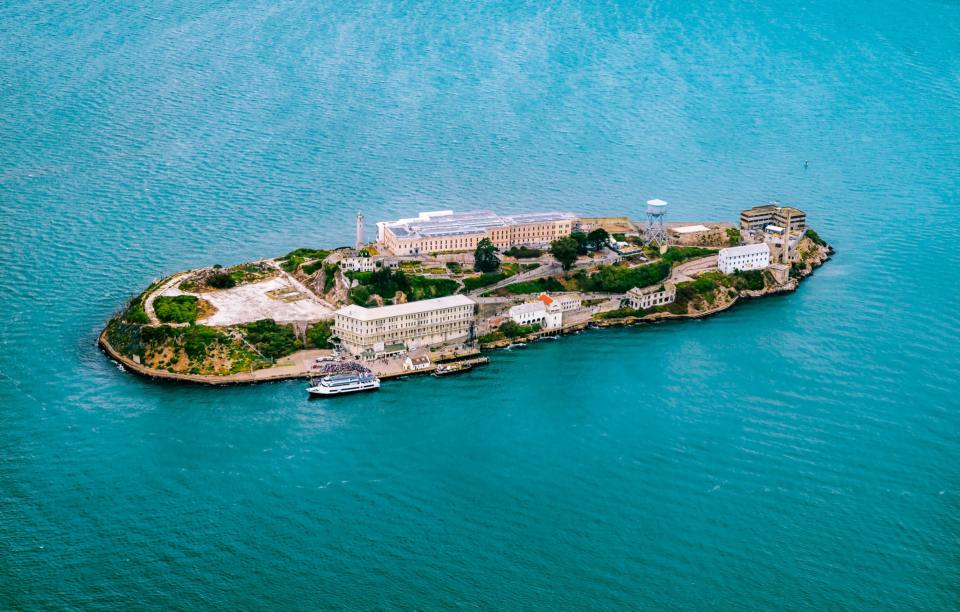
Photo by Rodrigo Soares/unsplash.com
Alcatraz Island was considered to be the ideal place to house difficult prisoners since it was surrounded by cold, choppy water on all sides. Escaping from the Alcatraz Federal Penitentiary was nearly impossible. Historians are still uncertain if any prisoner ever managed to successfully escape. There are a handful of escapees who remain unaccounted for who may have successfully swam ashore.
Alcatraz Federal Penitentiary closed in 1963 because it became too expensive to maintain. In 1969, a group of Native American protesters occupied Alcatraz Island for nearly 2 years. The protesters were upset by the Indian termination policy, which uprooted Native Americans from their tribal lands and forced them to assimilate into cities such as San Francisco. The occupation of Alcatraz proved to be a great success for indigenous people. Thanks largely to the publicity generated by the protest, the Indian termination policy was abandoned and there was a movement to allow Native American people to stay on their tribal lands.
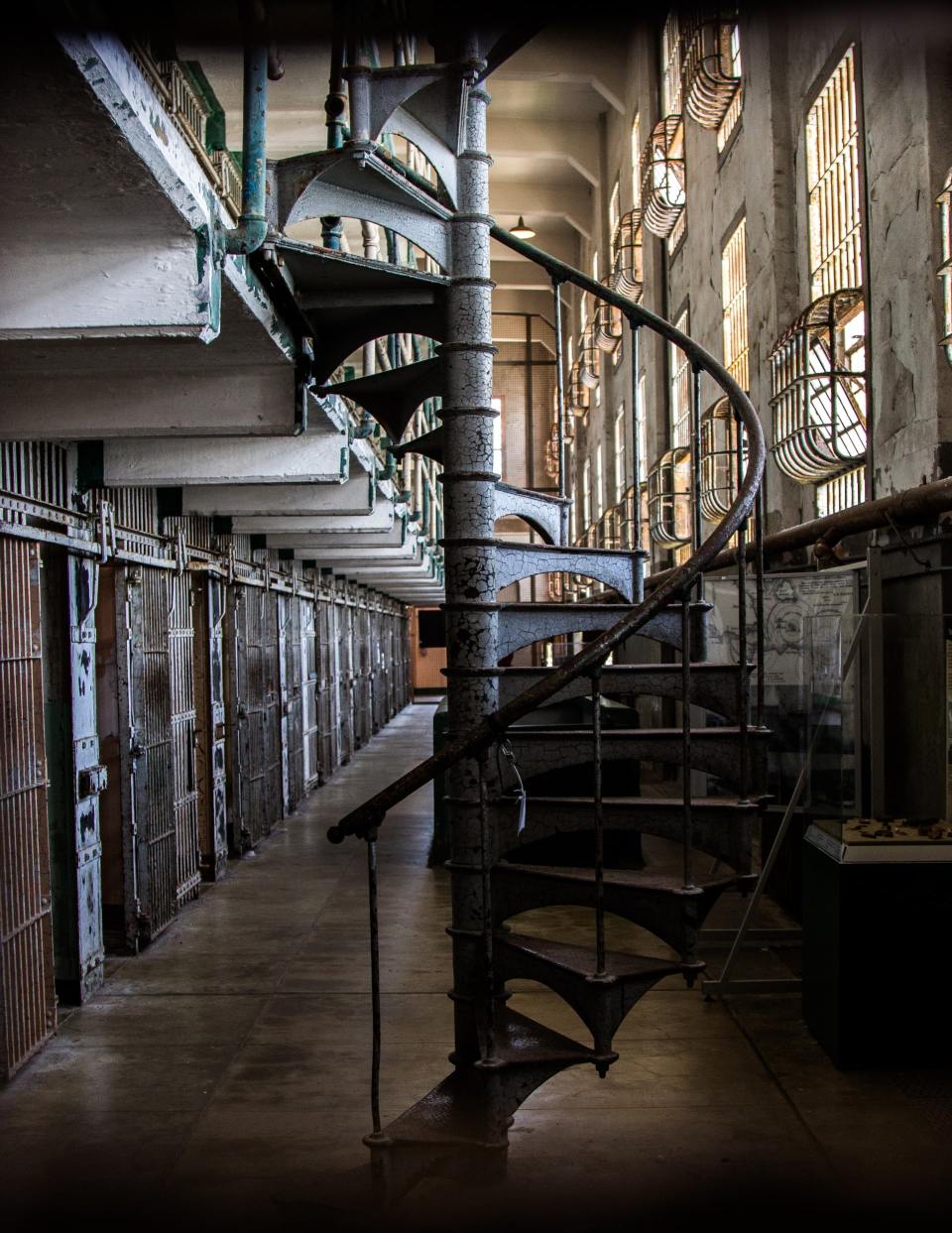
Photo by Klemens Köpfle/unsplash.com
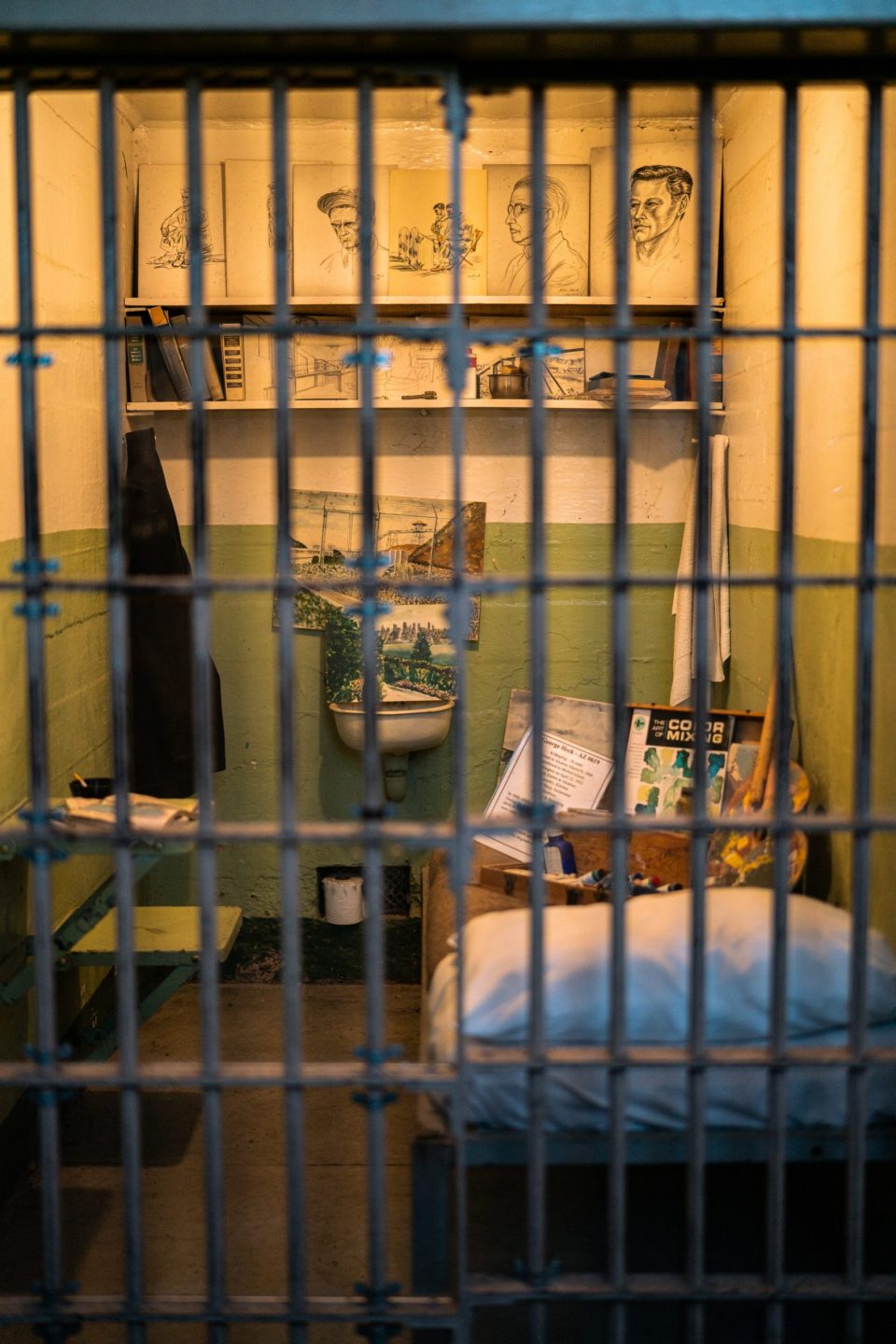
Photo by Oxana Melis/unsplash.com
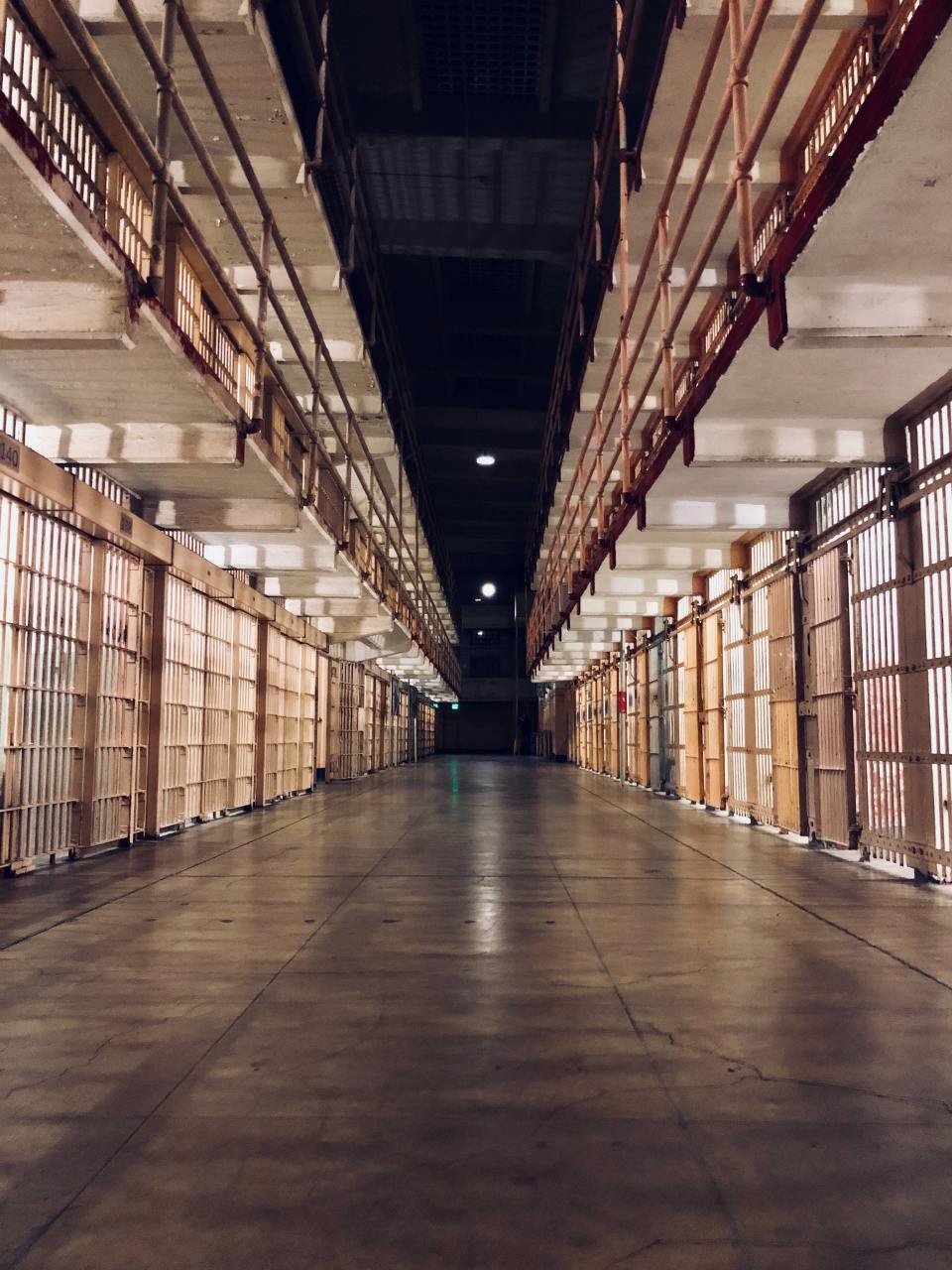
Photo by Carles Rabada/unsplash.com
Alcatraz Island is home to a diverse population of birds including hummingbirds, egrets, and herons. In the previous century, military and prison personnel planted lavish gardens which have recently been restored to their former glory. Several varieties of heirloom roses which were thought to be extinct are currently in full bloom.
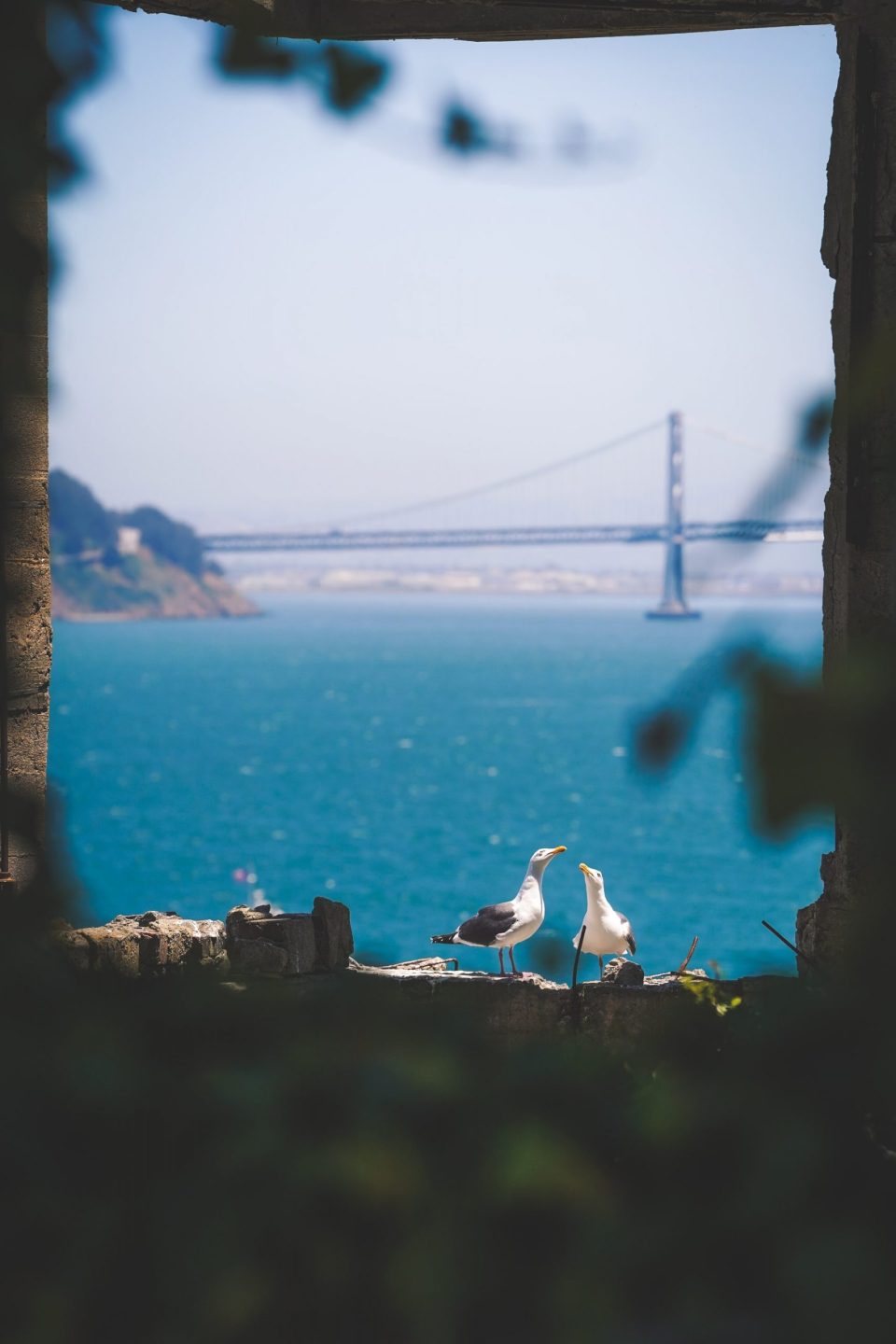
Photo by Eric…
Click Here to Read the Full Original Article at Unusual Places…